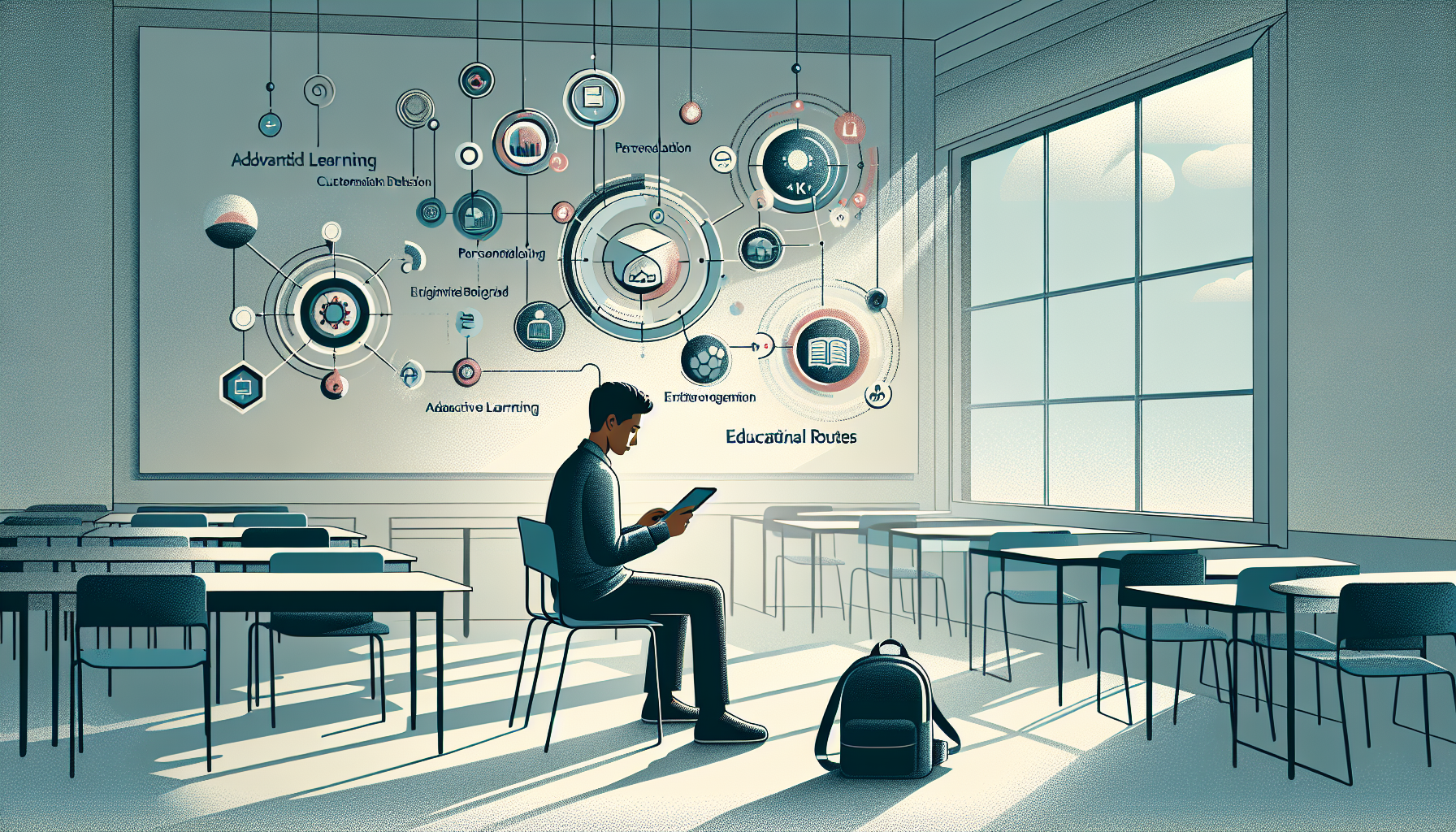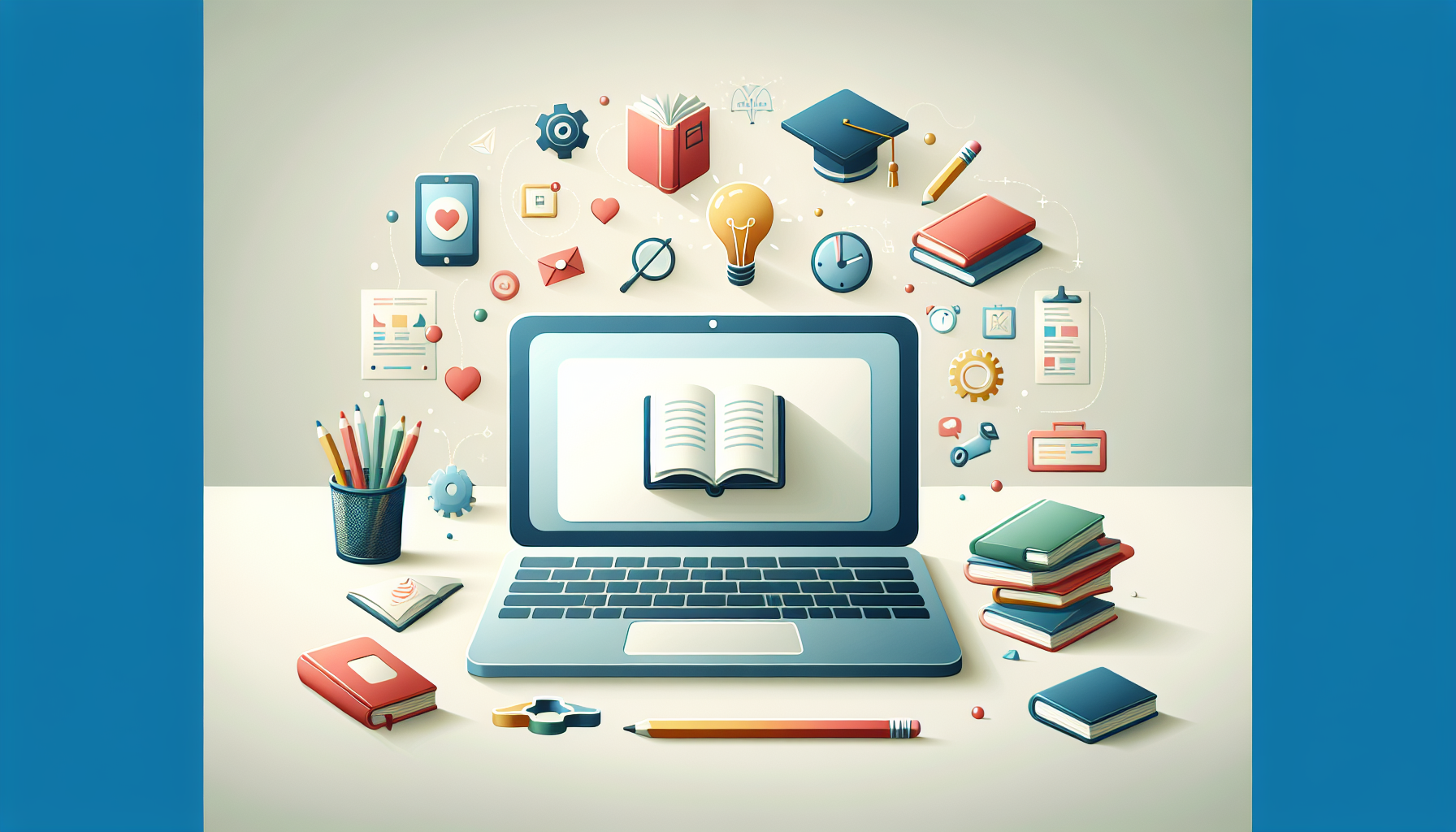Adaptive learning technologies can seem pretty overwhelming at first, right? With all the buzz and jargon surrounding them, it’s easy to feel lost in the tech talk. But if you’re curious about how these tools can take your learning experience to the next level, you’re definitely in the right place!
Stick with me, and I promise you’ll discover how adaptive learning can personalize your education journey, making it far more engaging and effective than traditional methods. You’ll get the lowdown on how these technologies work, their benefits, and even how you can implement them in your own studies or teaching.
By the end of it all, you’ll have a clearer understanding of adaptive learning technologies and how they can transform learning for everyone involved. Plus, I’ll sprinkle in some real-world examples and tackle the challenges you might face as well. Let’s dive in!
Key Takeaways
- Adaptive learning technologies personalize education based on individual needs and performance.
- These tools adjust content and difficulty in real-time, providing a tailored learning experience similar to having a personal tutor.
- Benefits include enhanced engagement, better retention, and improved academic success.
- Examples include platforms like DreamBox Learning and Smart Sparrow, which adapt to student performance effectively.
- Challenges include the need for quality data and the importance of teacher training to integrate these technologies successfully.
- The future promises even more intuitive systems, with predictive analytics improving access to personalized education.

What are Adaptive Learning Technologies?
Adaptive learning technologies are innovative educational tools designed to tailor the learning experience to each student’s unique needs and abilities.
These systems use data-driven insights to provide personalized educational pathways, optimizing the learning experience for better engagement and performance.
Instead of a one-size-fits-all approach, adaptive learning adjusts content, pace, and teaching methods based on real-time assessments of the learner’s progress.
This customization can include varying the difficulty of questions or offering supplemental resources, ensuring that each student receives the support they need at the right time.
For instance, platforms like DreamBox Learning and Smart Sparrow have demonstrated significant improvements in learner outcomes through personalized learning strategies.
How Adaptive Learning Technologies Work
Adaptive learning technologies function through continuous assessment and real-time analytics, creating a dynamic learning environment.
These platforms collect and analyze data on a student’s performance, such as correct and incorrect answers, time spent on tasks, and engagement levels.
Learning algorithms interpret this data to predict which concepts a learner may struggle with, allowing the system to adjust the material accordingly.
For example, if a student repeatedly struggles with algebraic equations, the system might present targeted practice problems to reinforce those skills.
In essence, it’s like having a personal tutor who tunes into where you need extra help, making the educational experience much more relevant and effective.
Benefits of Adaptive Learning Technologies
One of the primary benefits of adaptive learning technologies is enhanced personalization, which leads to increased student engagement and academic success.
Unlike traditional methods, these systems provide tailored content, allowing learners to move at their own pace and focus on areas that need improvement.
Additionally, they offer real-time feedback, which can boost motivation and help students see their progress immediately.
Research shows that students using adaptive learning tools often achieve better test scores and retain information more effectively.
Furthermore, instructors can save time with automated assessments and data analysis, allowing them to focus more on teaching and less on grading.
Types of Adaptive Learning Technologies
There are various types of adaptive learning technologies, each designed to cater to different educational needs.
Many platforms use algorithms to optimize learning paths, such as reinforcement learning and genetic algorithms, which personalize the educational experience further.
For instance, learner clustering techniques like K-means clustering groups students based on similarities in behavior, allowing for more effective content delivery.
Some tools even adapt content in real-time, using predictive success metrics to identify students at risk and provide timely interventions.
Examples range from complete Learning Management Systems (LMS) that integrate numerous adaptive features to specific tools focused on particular subjects, like language learning apps.

Examples of Adaptive Learning Systems
Adaptive learning systems come in various forms, each offering unique approaches to personalized education.
One notable example is DreamBox Learning, which focuses on mathematics for K-8 students.
This platform dynamically adjusts the difficulty of math problems based on student answers and engagement.
Another great example is Smart Sparrow, which allows educators to design adaptive courses tailored to individual learning paths.
Using analytics, Smart Sparrow helps identify where learners struggle and adjusts content accordingly.
Moreover, platforms like Knewton provide insights that recommend personalized content based on student data.
These systems demonstrate the effectiveness of adaptive learning technologies by improving user engagement and academic performance.
Challenges in Implementing Adaptive Learning Technologies
While adaptive learning technologies offer many advantages, implementing them is not without challenges.
One major hurdle is the need for quality data to drive personalized learning.
If the data collected is insufficient or inaccurate, it can lead to ineffective learning paths.
Another challenge is the potential for over-reliance on technology.
It’s essential for educators to maintain a balance between using adaptive tools and traditional teaching methods.
Moreover, teachers may require training to effectively integrate these technologies into their lesson plans, making it crucial to provide professional development.
Ultimately, addressing these issues can lead to smoother adoption and more successful outcomes.
The Future of Adaptive Learning Technologies
The future of adaptive learning technologies looks promising as advancements in artificial intelligence continue to evolve.
We can expect systems to become even more responsive and intuitive, offering highly personalized experiences.
With the integration of predictive analytics, platforms will likely preemptively identify learning challenges before students even encounter them.
Additionally, as online learning becomes more prevalent, adaptive technologies can enhance the accessibility of education for diverse learning needs.
This evolution may also lead to increased collaboration between educators and technology developers, ensuring the tools evolve in ways that meet real classroom needs.
In the end, continuous innovation will enhance the educational landscape and keep learners engaged and motivated.

Getting Started with Adaptive Learning Technologies
If you’re looking to implement adaptive learning technologies in your educational setting, here are some steps to get you started.
First, assess your current curriculum and identify areas where adaptive learning can enhance student outcomes.
Next, choose the right tools that align with your educational goals; ensure they cater to your students’ needs.
Many platforms offer free trials, so take advantage of those to see which ones fit best.
Once you’ve selected a platform, invest time in training both teachers and students on how to use the technology effectively.
Incorporate adaptive learning gradually into your lesson plans, allowing feedback loops to refine your approach over time.
Finally, continuously evaluate the effectiveness of the technology by analyzing student performance data, and adjust as necessary.
This iterative process will help maximize the benefits of adaptive learning technologies and create a more personalized educational experience for your students.
FAQs
Key components include data analytics, personalized content delivery, real-time assessment, and feedback mechanisms. These components work together to tailor learning experiences to individual needs and preferences.
Educators can implement these technologies by selecting the right tools, providing adequate training, integrating them into the curriculum, and continuously assessing their effectiveness to enhance the learning experience.
Challenges include technology integration, data privacy concerns, diverse learning styles, and the need for ongoing support and training for both educators and students to ensure effective use.
The future holds advancements in AI, improved personalization, and greater accessibility, making learning more engaging and effective. Adaptive learning technologies will likely become integral to education systems globally.
